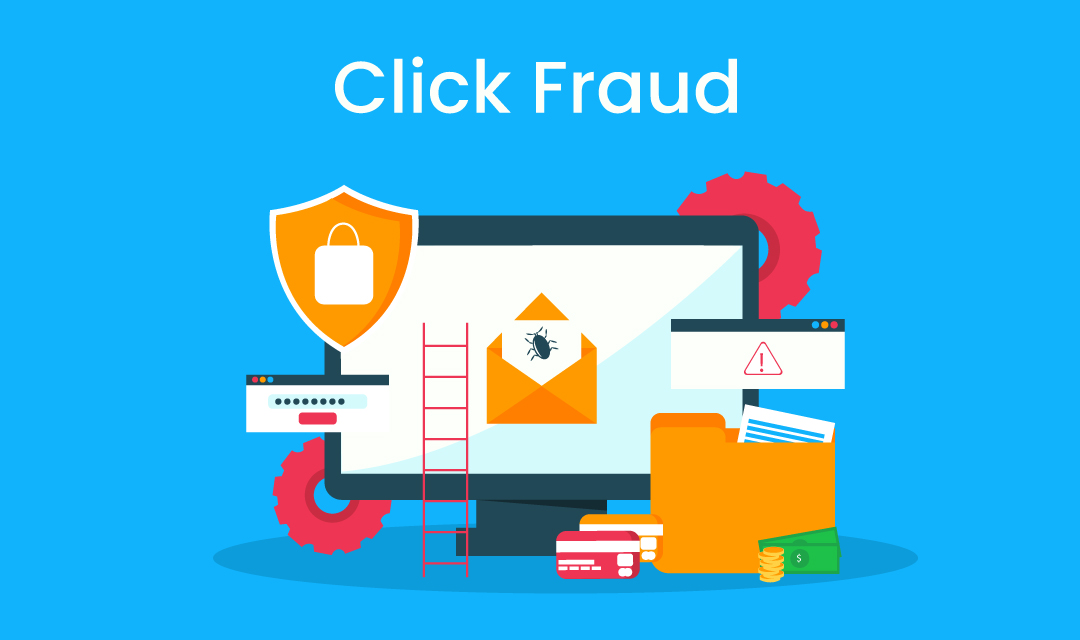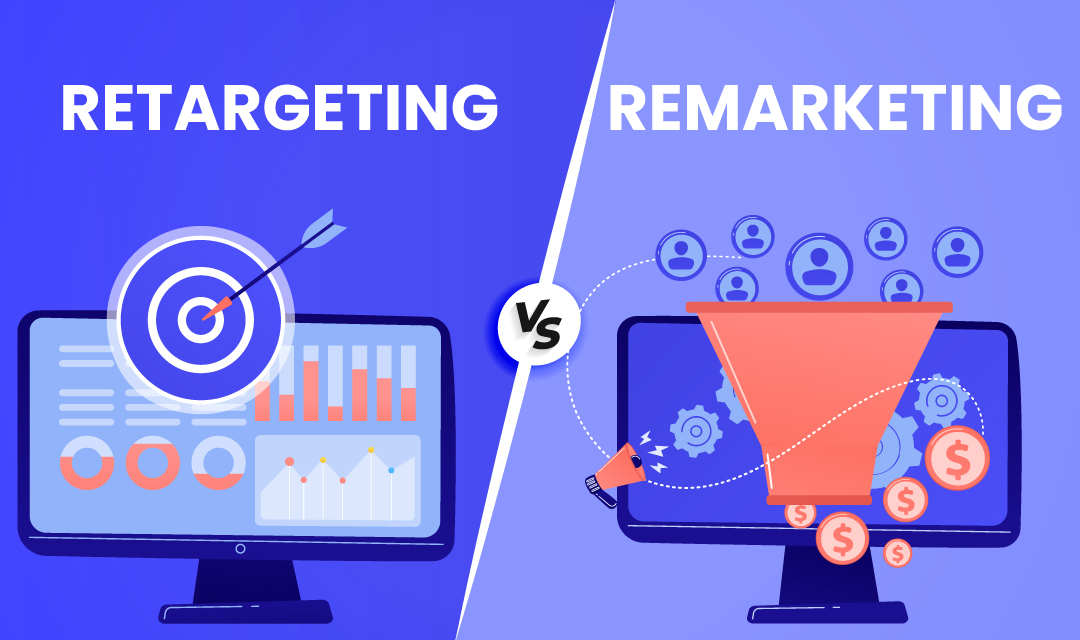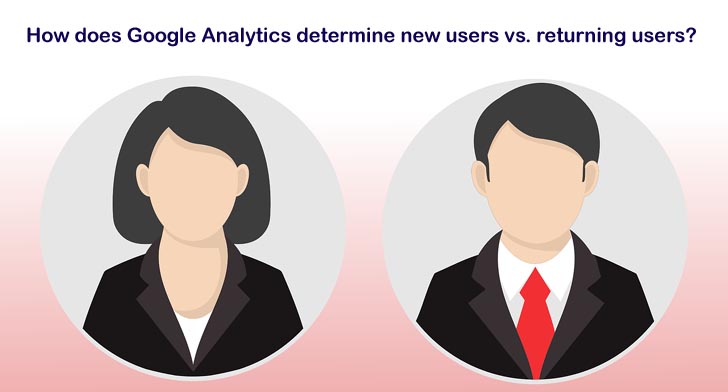
Doing business online doesn't necessarily mean selling products online, but also includes lead generation which leads to sales. Companies that sell mortgages, insurances, and other non-tangible products sell through offline funnels and those offline conversions must be tracked to improve marketing channels. Some offline conversions include tracking phone calls, leads that led to sales, and offline quotes generated from online leads.





.jpg)

